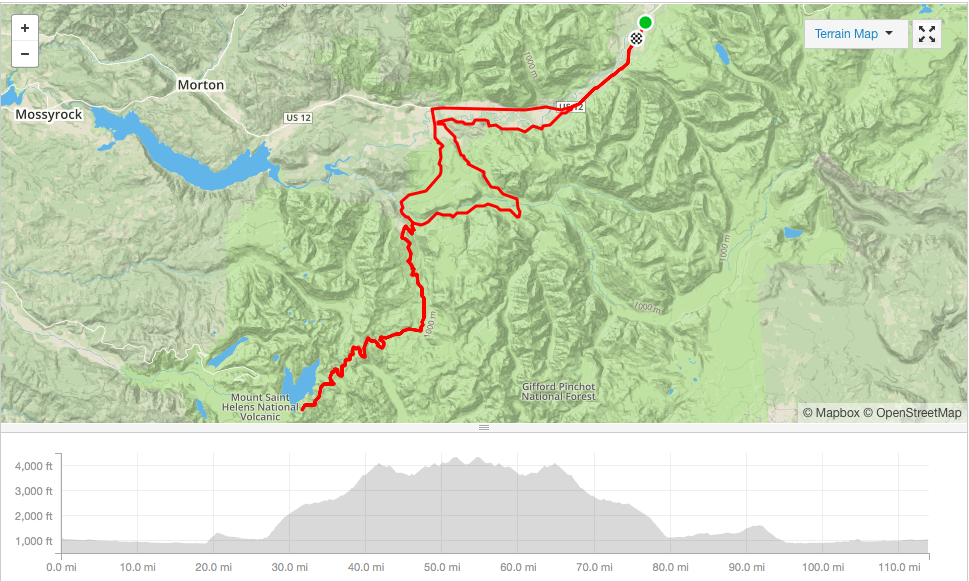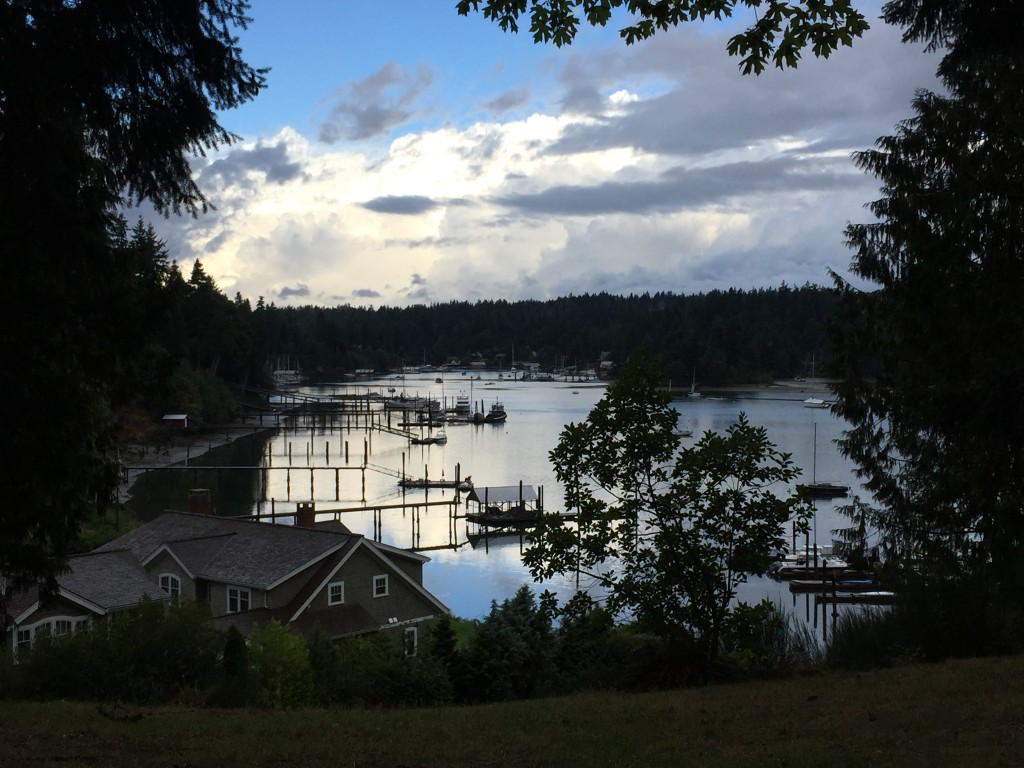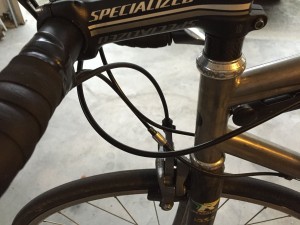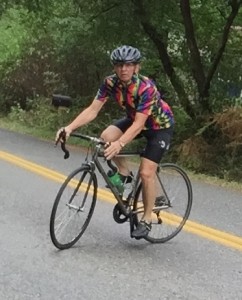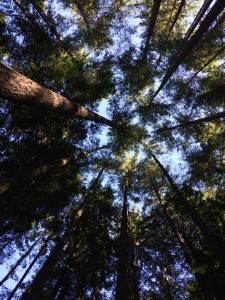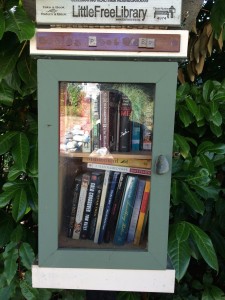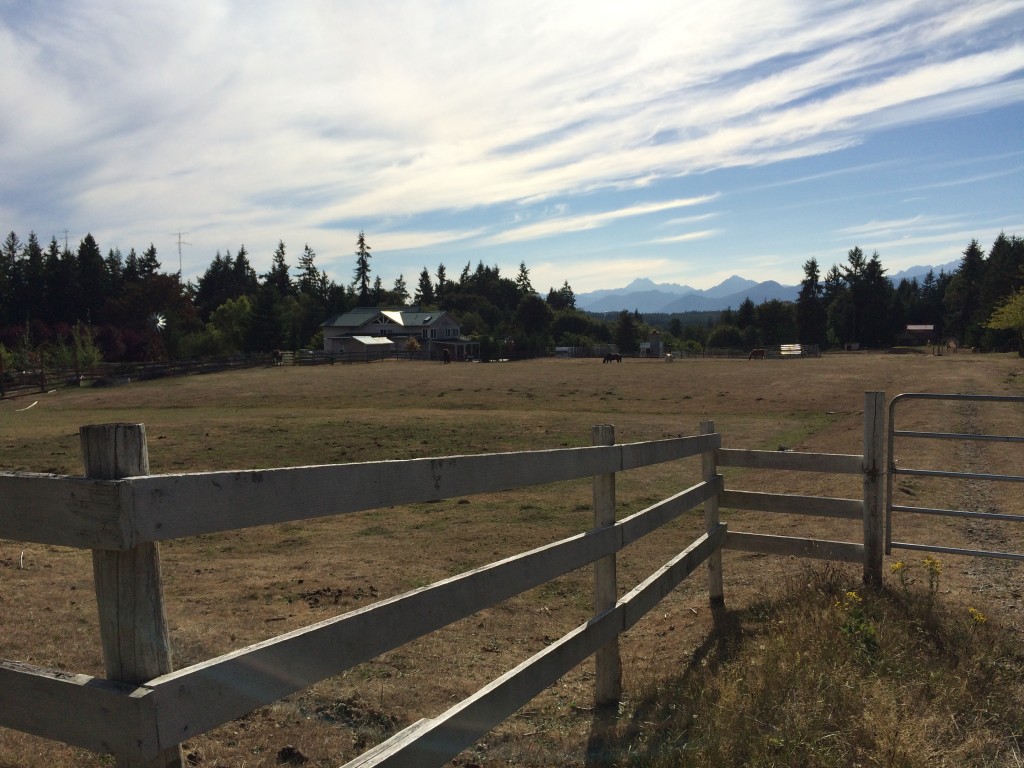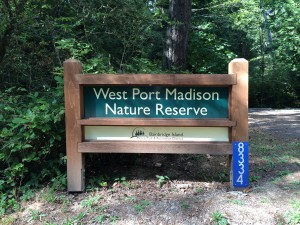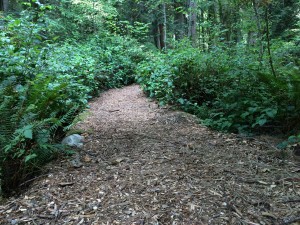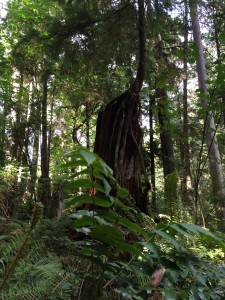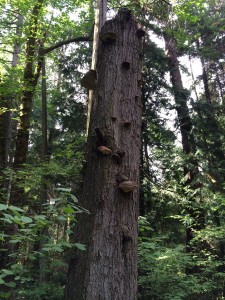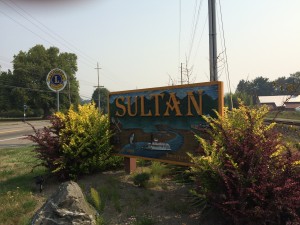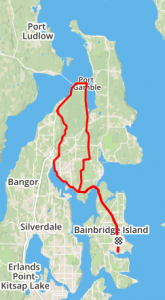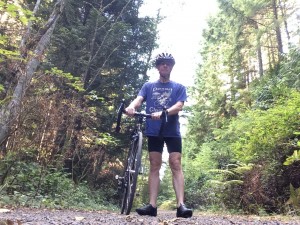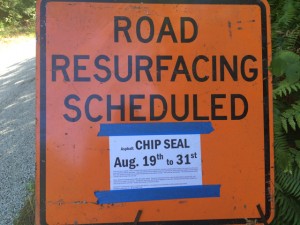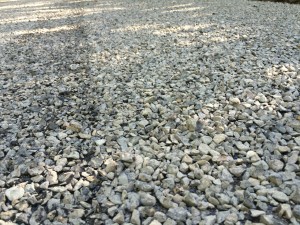I rode High Pass Challenge yesterday. It’s an organized event run by Cascade Bicycle Club, which features 114 miles and 7700 feet of climbing to Windy Ridge. On a clear day, the route provides breathtaking views of Spirit Lake, Mt. Rainier, Mt. St. Helens and the Cascades, while rolling along Windy Ridge. Yesterday, in the middle of a cloud I could barely see the road or a cyclist in front of me. It was a great ride.
Several hundred cyclists started and finished the High Pass Challenge yesterday. Anyone who even starts this ride in conditions like we had must be pretty hard core. Nevertheless, I saw people suffer during a chilling descent in the rain because they were not prepared for mountain conditions. The temperature at the top, was probably in the mid 40’s – not bad at all for climbing, but a bit more taxing riding downhill. For me, this day was like one of many on PacTours. I was a bit chilly coming off the mountain, but nowhere near hypothermia, no where near the worst I have experienced.
A key factor in enjoying a challenging ride in the rain is knowing your body, how hard it can ride, how much heat it can generate by riding for seven hours, and still have some in reserve. How much food do you need, how much water or other fluid, how do you need to dress? Each individual is different, here’s what worked for me.
I wore a light wool shirt beneath a light jersey, leg warmers, and medium thick wool socks, a heavier than average raincoat and full fingered gloves. Expecting I would need to peel extra clothing while climbing, I wore a fanny pack – the raincoat is too heavy to stuff into a jersey pocket.
My key measure to enjoying a ride is finishing strong and not feeling trashed at the end. This means riding my own pace, not sucking wheels of riders who start out faster than I want to go, and finding my climbing rhythm about halfway up the mountain.
HPC features a 19 mile warm-up along route 12. I soft-pedaled with a small group of riders, sometimes trading pulls, but not really needing to. I generally white-line it, meaning riding just to the right of the white line separating the shoulder from the main road, especially when traffic is light and there’s a steady stream of cyclists that would be difficult for a motorist to miss. A few miles from the start, we rolled by several riders who were repairing punctures they had acquired from the debris on the right part of the shoulder, usually much worse in wet conditions. One of the worst causes of flat tires are pieces of tire tread containing thin wires, usually thrown off by trucks.
The climbing started with a short moderate grade just south of Randall. I stopped to pee and peel my raincoat, then began climbing at an easy pace. Long climbs are much different than the short steep hills around Bainbridge Island; you need to find a pace you can sustain. I like to start all hills at an easy pace, not picking up the intensity until well into the climb. Perhaps at the halfway point I find my rhythm and push the intensity up somewhere near my lactate threshold.
This particular day required backing off a bit. It was important to push hard enough to maintain body heat, just as important to maintain some reserve for unexpected surprises that could lead to hypothermia. I chatted with a few riders, slowing a bit to ride with them on the way up, eventually returning to my own pace. The easiest part for me was definitely going up hill. The descent was chilling; I had enough gear but was just starting to shiver on some of the steeper grades.
A litmus test for an enjoyable ride is how I feel at the end. Following the descent, there was an option of a shorter or longer route back to the start in Packwood. Most riders, tired and cold, chose the shorter route. I was happy to go the longer way, riding along a narrow winding road past luscious ferns typical of northwest rain forests. At one point, I slowed down and road and chatted with a guy who knew a couple friends of mine. About 20 miles from the finish, I picked up the pace to what felt natural, and rolled into the finish feeling tired, hungry, definitely not hammered.
